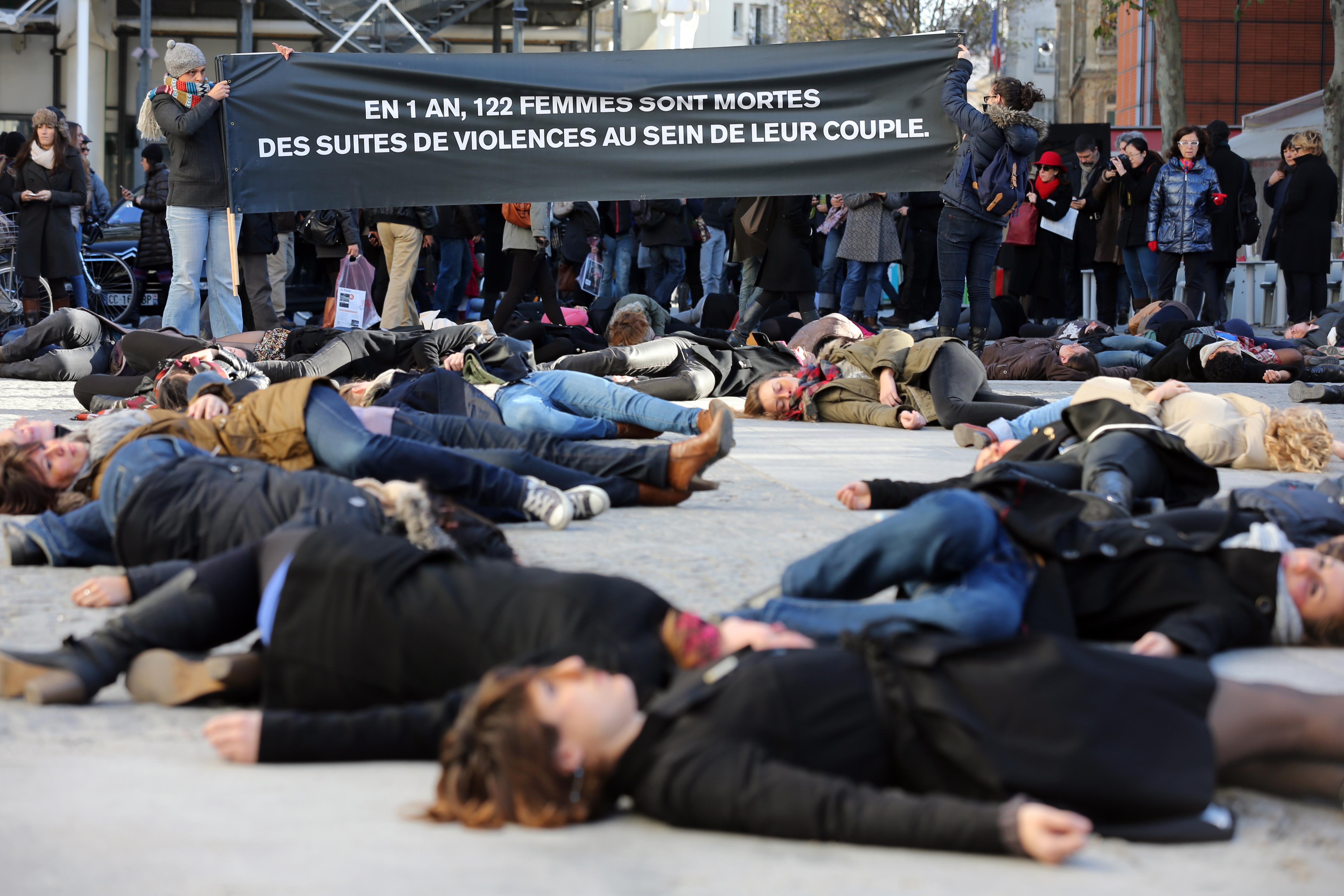Before reading further, go take a look at this harrowing photo essay over at Time illustrating one couple’s relationship as it descends into domestic abuse. The photographer, Sara Naomi Lewkowicz, met the couple—Shane, a 31-year-old ex-convict, and Maggie, a 19-year-old mother of two—at a local festival in Ohio. Lewkowicz began documenting their relationship with the intent to illustrate what life is like for an ex-con like Shane, but the story took a darker turn when, after a night out at a bar, Shane abused Maggie.
Here’s Lewkowicz writing about what it was like bearing witness to Shane’s violence:
Shane attacked Maggie, throwing her into chairs, pushing her up against the wall and choking her in front of her daughter, Memphis.
After I confirmed one of the housemates had called the police, I then continued to document the abuse — my instincts as a photojournalist began kicking in. If Maggie couldn’t leave, neither could I.
In addition to giving us a rare (and awful) glimpse at a domestic violence incident in progress, Lewkowicz’s photo essay raises the perennial Journalism Ethics 101 question of whether a photojournalist witnessing violence in action should act to prevent it. The debate over photojournalist-as-bystander was stoked in December, when the New York Post ran this cover photo of a man struggling to get off the subway tracks just before he was fatally hit by a train. Like the photographer of that event, Lewkowicz writes that she’s been criticized for not intervening in Shane’s attack:
The incident raised a number of ethical questions. I’ve been castigated by a number of anonymous internet commenters who have said that I should have somehow physically intervened between the two. Their criticism counters what actual law enforcement officers have told me — that physically intervening would have likely only made the situation worse, endangering me, and further endangering Maggie.
But this story is different from the Post cover photo in an important way. While there is little social value to be gained from seeing a photo of a man about to die on the subway tracks—no one needs to show us that it’s bad to fall in front of a speeding train—many people remain ignorant (or in denial) about the real state of domestic abuse in this country. Voyeurism with an intent to spur social justice, not just to provoke, has a different name: journalism.
